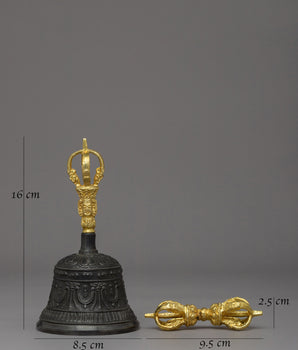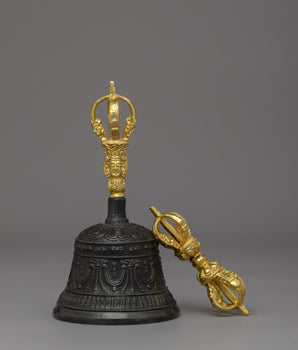
Vajrasattva Shakti Thangka | Tibetan Thangka Art

100% AUTHENTIC

HANDMADE

FREE SHIPPING
Vajrasattva Shakti Thangka
What is a Thangka painting?
The Tibetan word Thangka means an unfolding painting, where the word Thang stands for an unfolding scroll and Ka means a painting. Thangka paintings, as a whole, are a visual representation of Buddhist deities, scenes, or mandalas, painted on silk or cotton canvas.
Thangka Paintings follow a generic principle of composition, design, and iconography. It is made following tradition and guidelines while leaving spaces for personal creativity and expression. In Buddhist culture, Thangka Paintings hold high religious values. In a way, it is also a tool that facilitates the realization of one's true nature or the nature of reality
Vajrasattva Shakti
In Tibetan Buddhism Vajrasatva is associated with the sambhogakāya and purification practice.In the Shingon Buddhist lineage, Vajrasatva is traditionally viewed as the second patriarch, the first being Vairocana Buddha. According to Kukai's writings in Record of the Dharma Transmission he relates a story based on Amoghavajra's account that Nagarjuna met Vajrasatva in an iron tower in southern India. Vajrasatva initiated Nagarjuna into the abhiseka ritual and entrusted him with the esoteric teachings he had learned from Vairocana Buddha, as depicted in the Mahavairocana Sutra. Kukai does not elaborate further on Vajrasatva or his origins.
His left hand,holds a bell,which rests on his hip,this is an expression of his compassion.The hundred syllable mantra associated with him is used in all schools of Tibetan Buddhism for purification of the mind.
------------------------------------------------------------------
Size: 10"/ 25 cm (width) x 13"/ 33 cm (height)
Materials: Cotton Canvas, Acrylic Colors, Genuine 24K Gold
------------------------------------------------------------------
THIS THANGKA IS HAND-PAINTED IN THE TRADITIONAL STYLE AND THE QUALITY IS HIGH
------------------------------------------------------------------
Shipping & Returns
Row content
Compatibility
Row content











